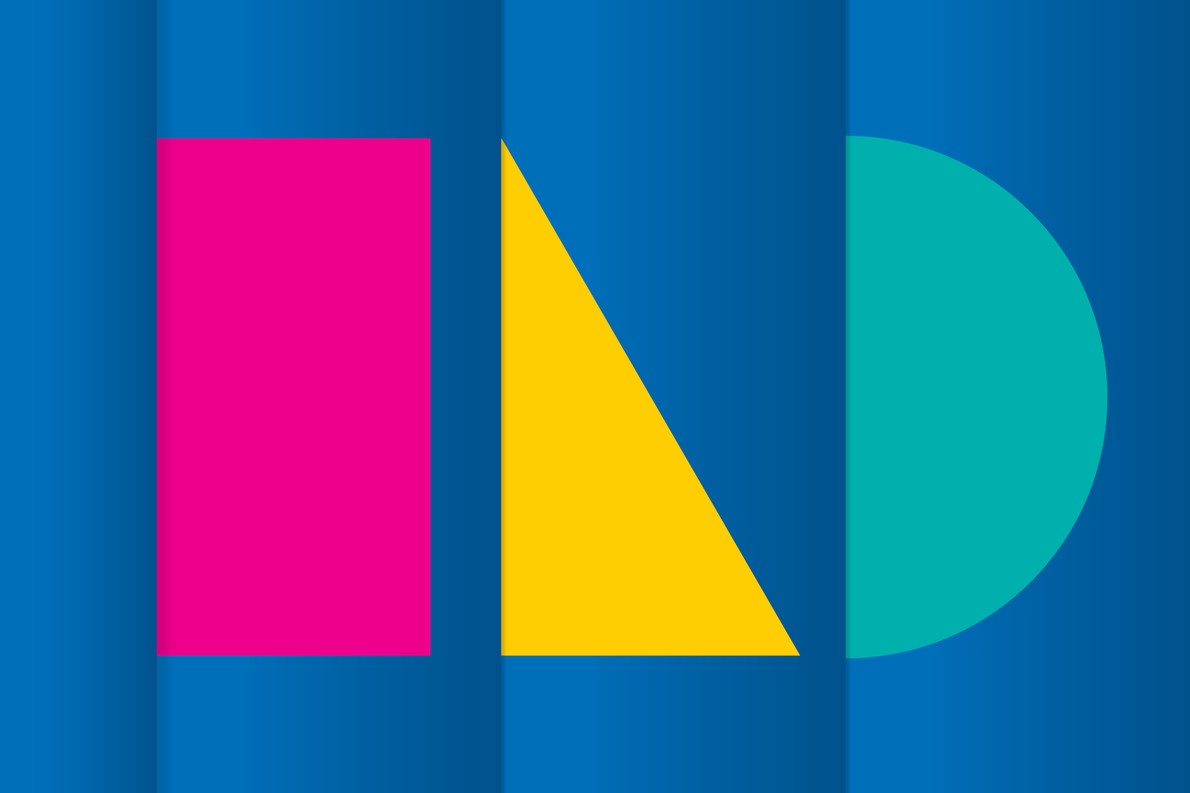20.08.16
06.11.16
This survey exhibition has been selected by an expert panel of influential art figures - curators, writers, and artists.
The artworks in Contemporary Christchurch are all linked to the city, and have been produced in the past three years. The exhibition captures a moment in time, demonstrating the vibrancy of the local community and exploring the city as a stimulating environment for creative people.
A lively programme of public events to accompany the exhibition will focus on young people and the city’s emerging arts stars. It will be a chance to discover new and existing practices as we showcase what’s inspiring and innovative in music, dance, theatre, design and architecture.
Since 1880, CoCA has been at the heart of creating a vibrant art scene and nurturing the contemporary, emergent practice. CoCA is committed to harnessing and nurturing the local community’s creativity and potential by promoting community-based participation. This exhibition marks the first of a series of exhibitions that focus on Christchurch artists and their contribution to New Zealand and the international art scene.
SELECTION PANEL
Jamie Hanton – Director, The Physics Room
Aaron Kreisler – Head of the Ilam School of Fine Arts, University of Canterbury
Paula Orrell – Director and Principal Curator, CoCA Centre of Contemporary Art Toi Moroki
Nathan Pohio – Artist and Curator
Kāti Mamoe, Ngāi Tahu and Waitaha
Dr Lara Strongman – Senior Curator, Christchurch Art Gallery Te Puna O Waiwhetu

'First, they chose a name', 2016 Ana Iti Photo Credit: Daniela Aebli

'Sutton's Garden', 2016 Daegan Wells Photo Credit: Daniela Aebli
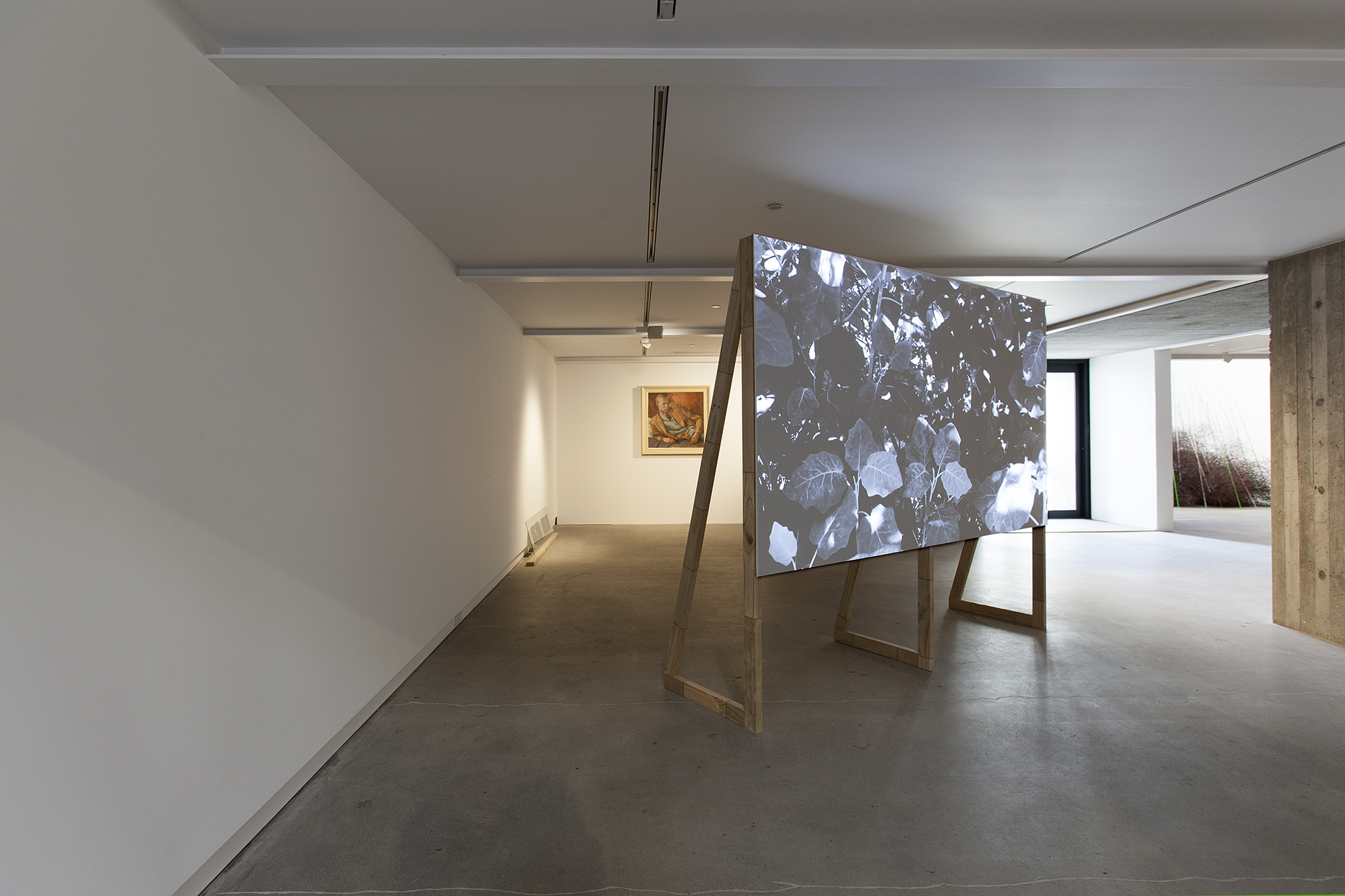
'Sutton's Garden', 2016 Daegen Wells Photo Credit: Daniela Aebli

'Extract from 'Private Lodgings' (W. A. Sutton's Garden)', Silver gelatine print, 2016 Daegan Wells
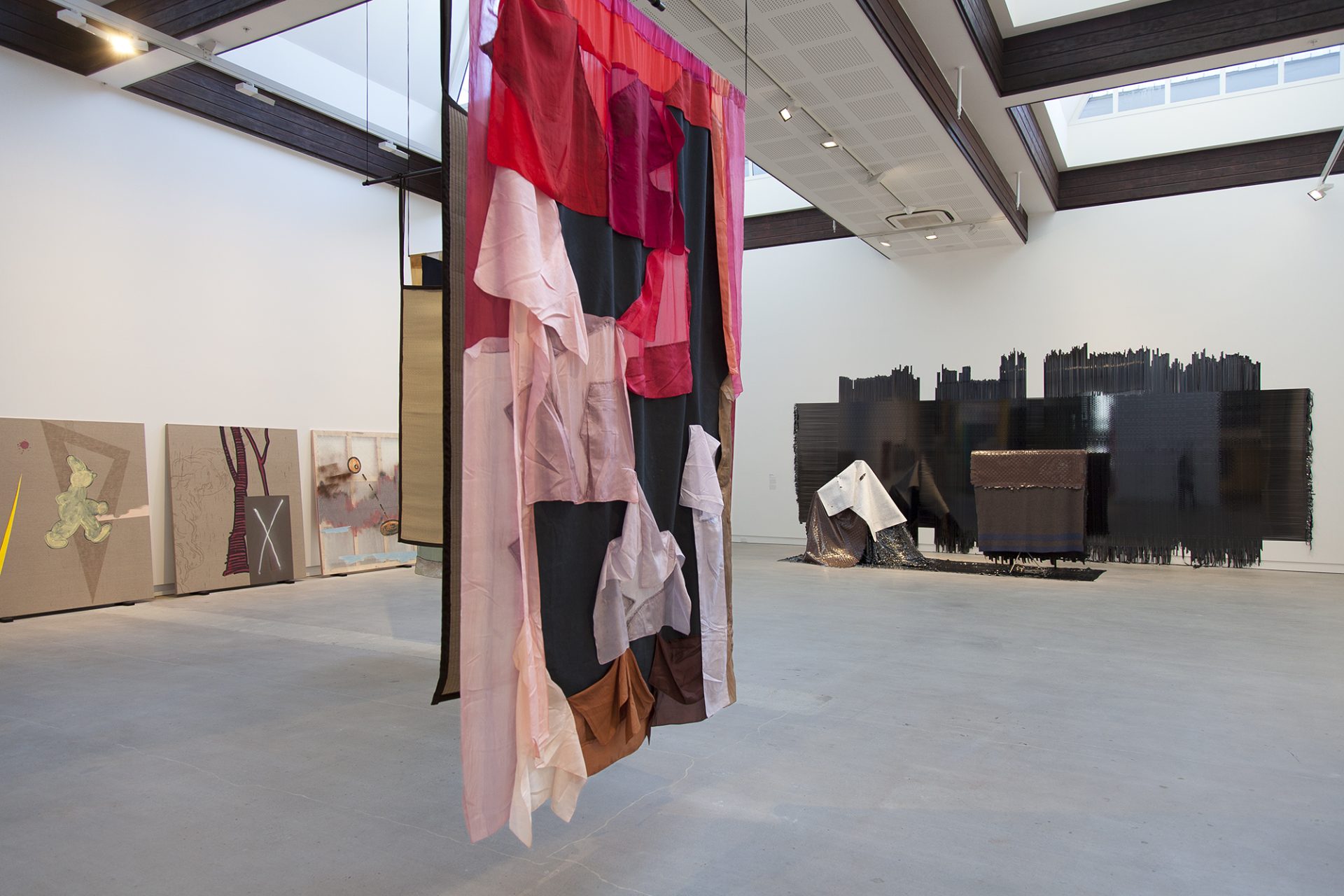
'Fit-out for Olivia Spencer Bower', 2015 Emma Fitts Photo: Daniela Aebli
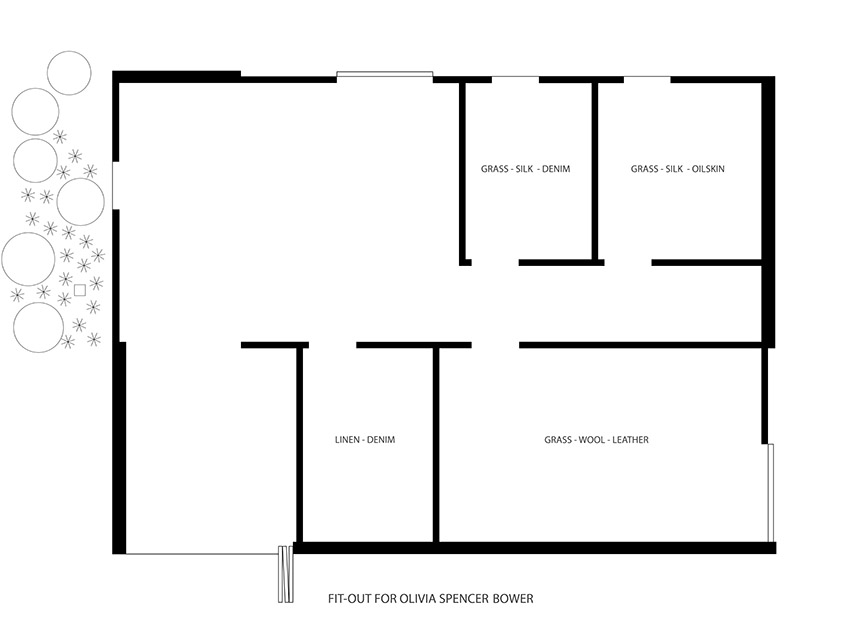
'Fit-out for Olivia Spencer Bower', 2015 Emma Fitts Photo: Tessa Peach
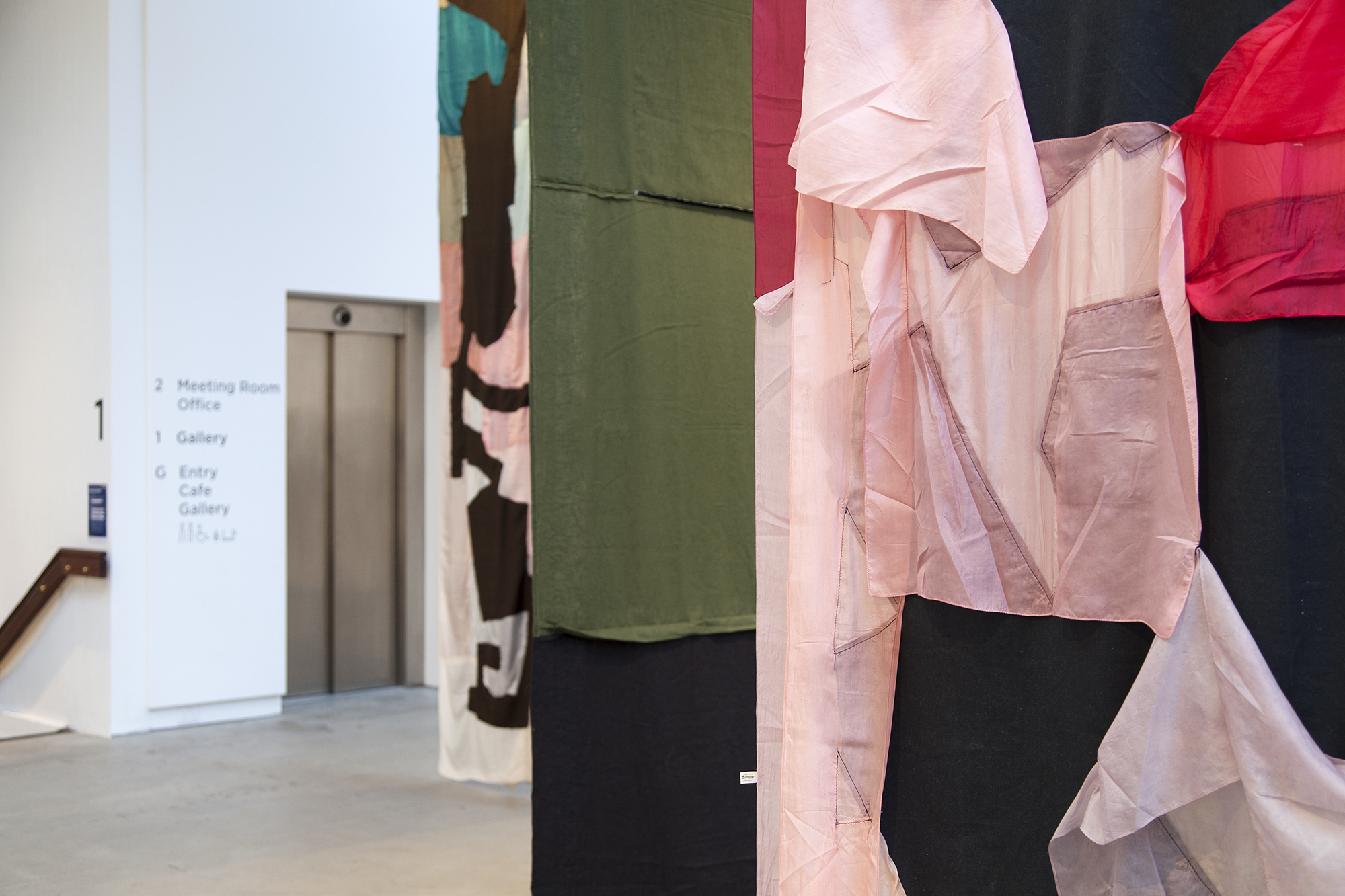
'Fit-out for Olivia Spencer Bower', 2015 Emma Fitts Photo: Daniela Aebli

'Squatch', 2015 Jacquelyn Greenbank Photo Credit: Daniela Aebli
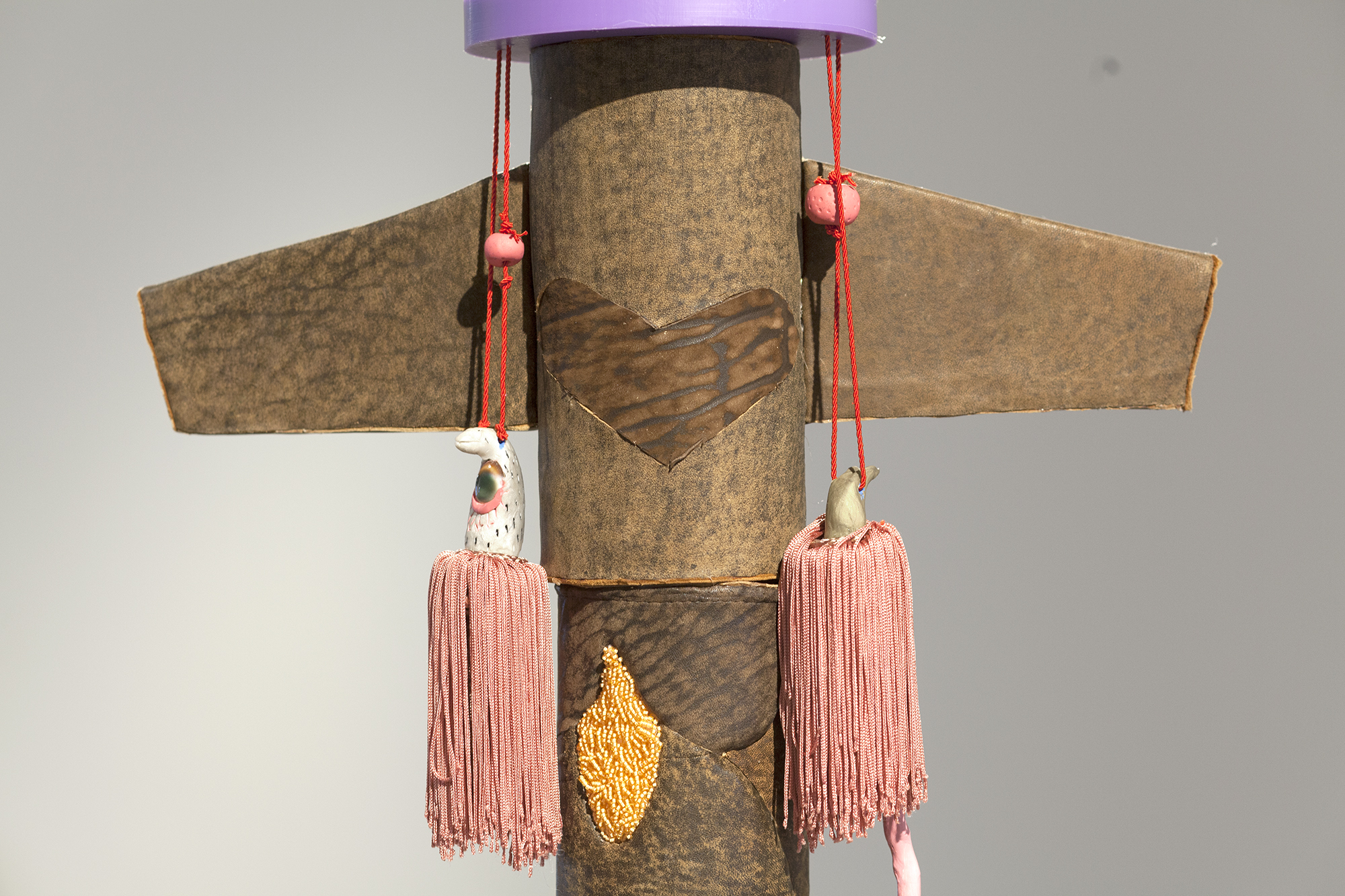
Squatch, 2015 Jacquelyn Greenbank Photo Credit: Daniela Aebli

'Exterior, from 90 Canon(a series of empty rooms)', 2016 Louise Palmer

90 Canon (a series of empty rooms), 2016 Louise Palmer Photo Credit: Daniela Aebli
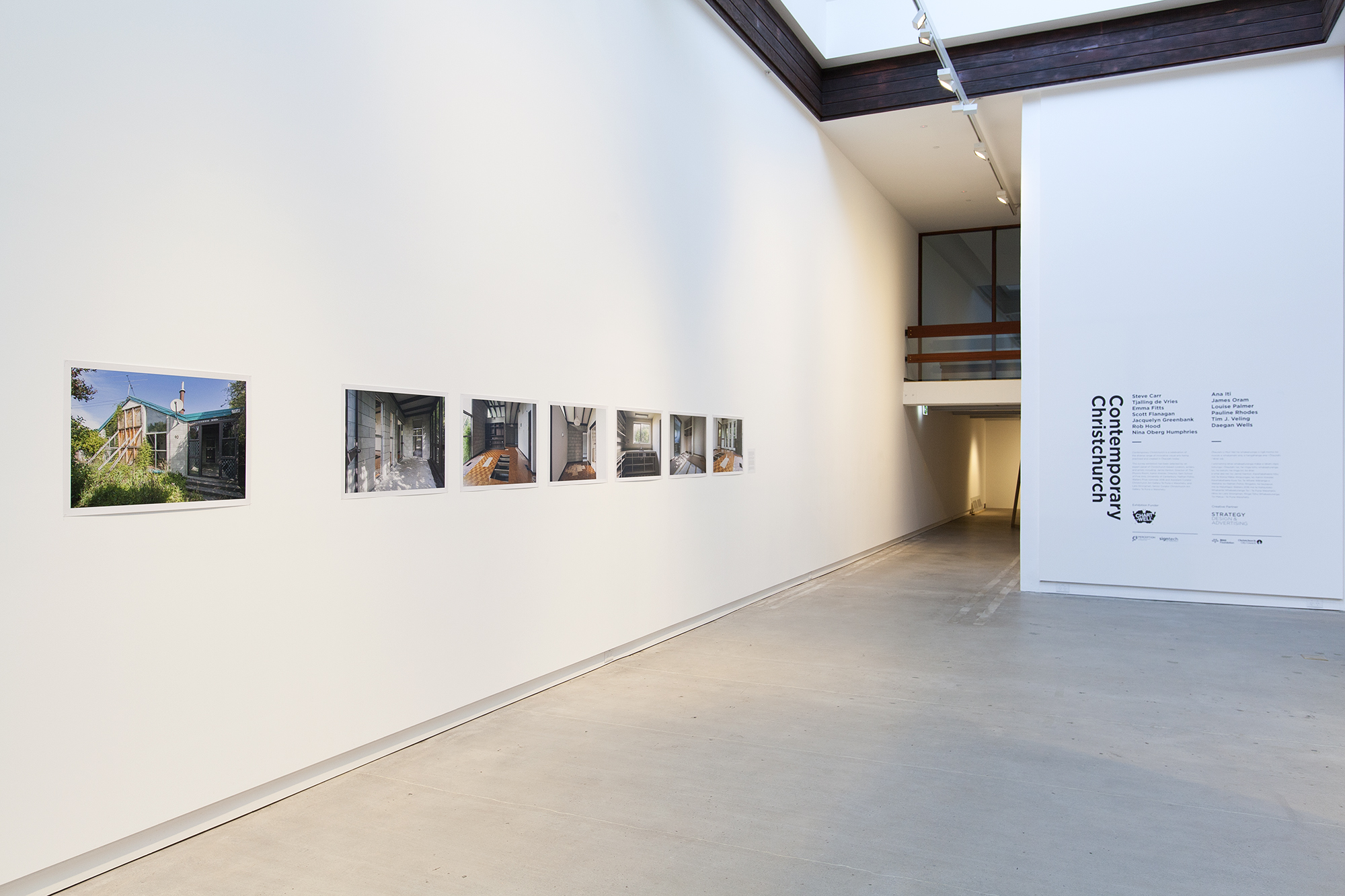
'90 Canon (a series of empty rooms)', 2016 Louise Palmer Photo Credit Mitchell Bright

'Towards the Light', 2016 - detail Pauline Rhodes Photo Credit: Daniela Aebli
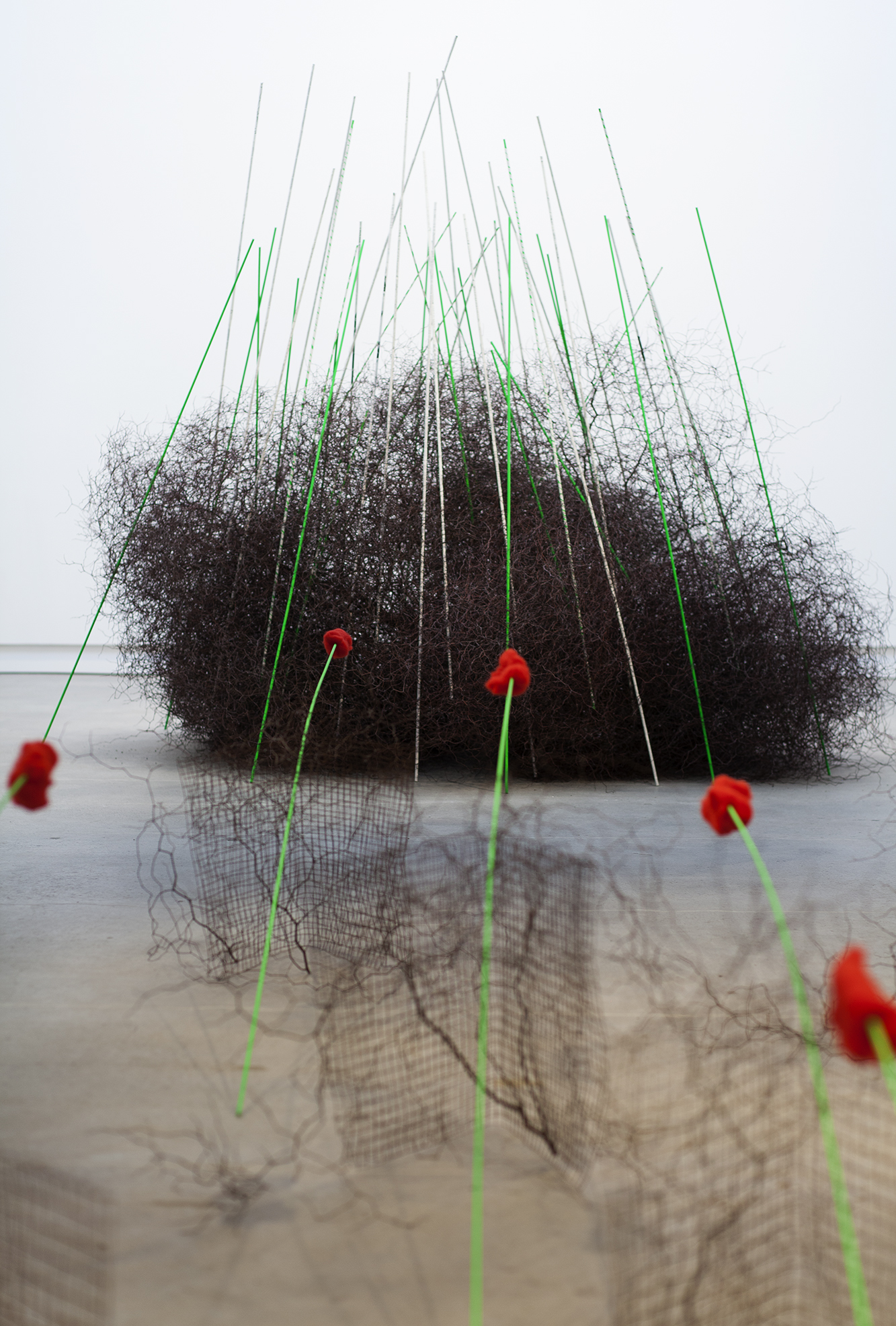
'Towards the Light', 2016 Pauline Rhodes Photo Credit: Daniela Aebli

'D,P,O.', 2014 Tim J. Veling Photo Credit: Daniela Aebli

'D,P,O.', 2014 Tim J. Veling Photo Credit: Daniela Aebli
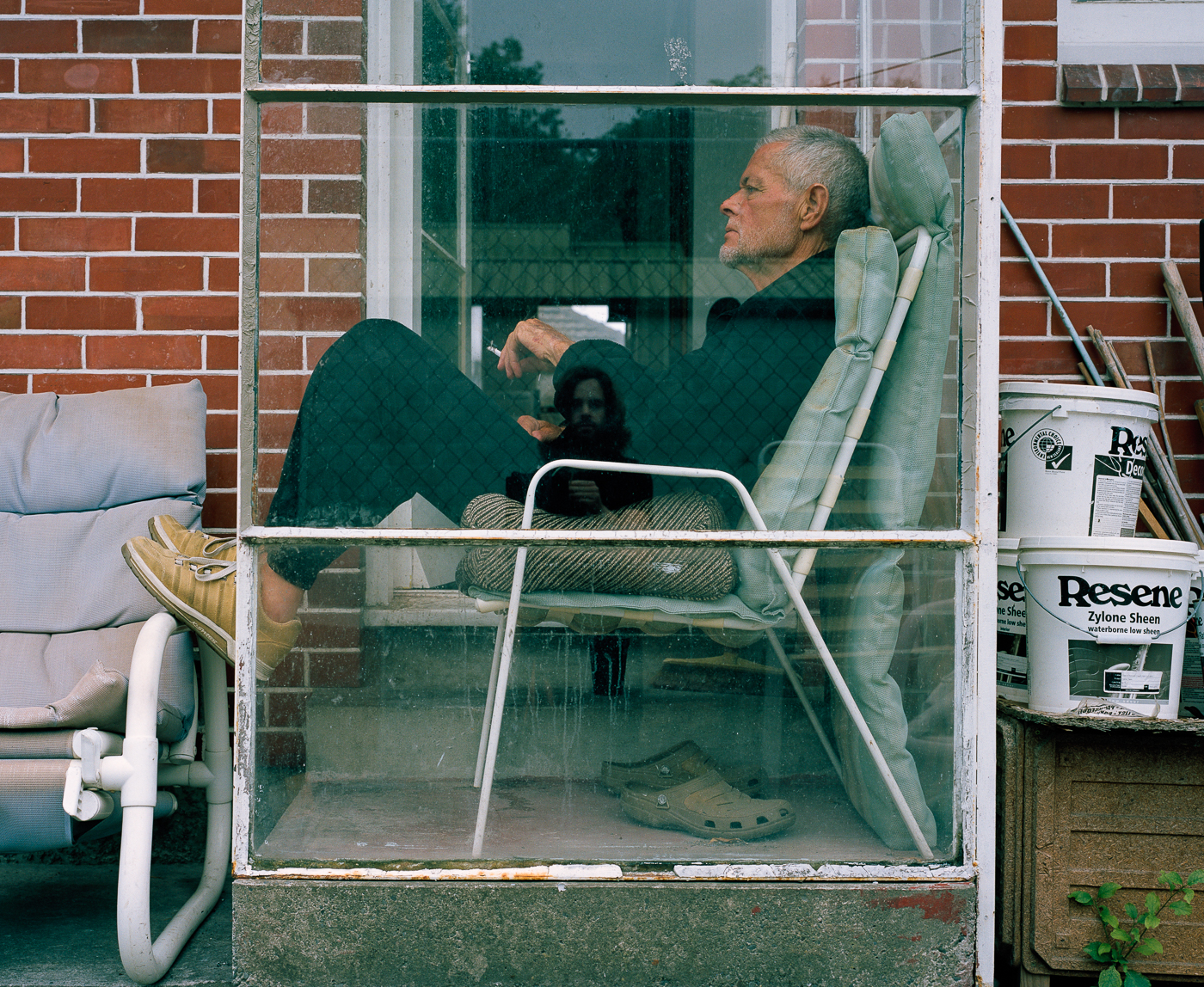
03/03/2015. From the series D,P,O (Dad, Pete, Opa) (2015) Tim J. Veling
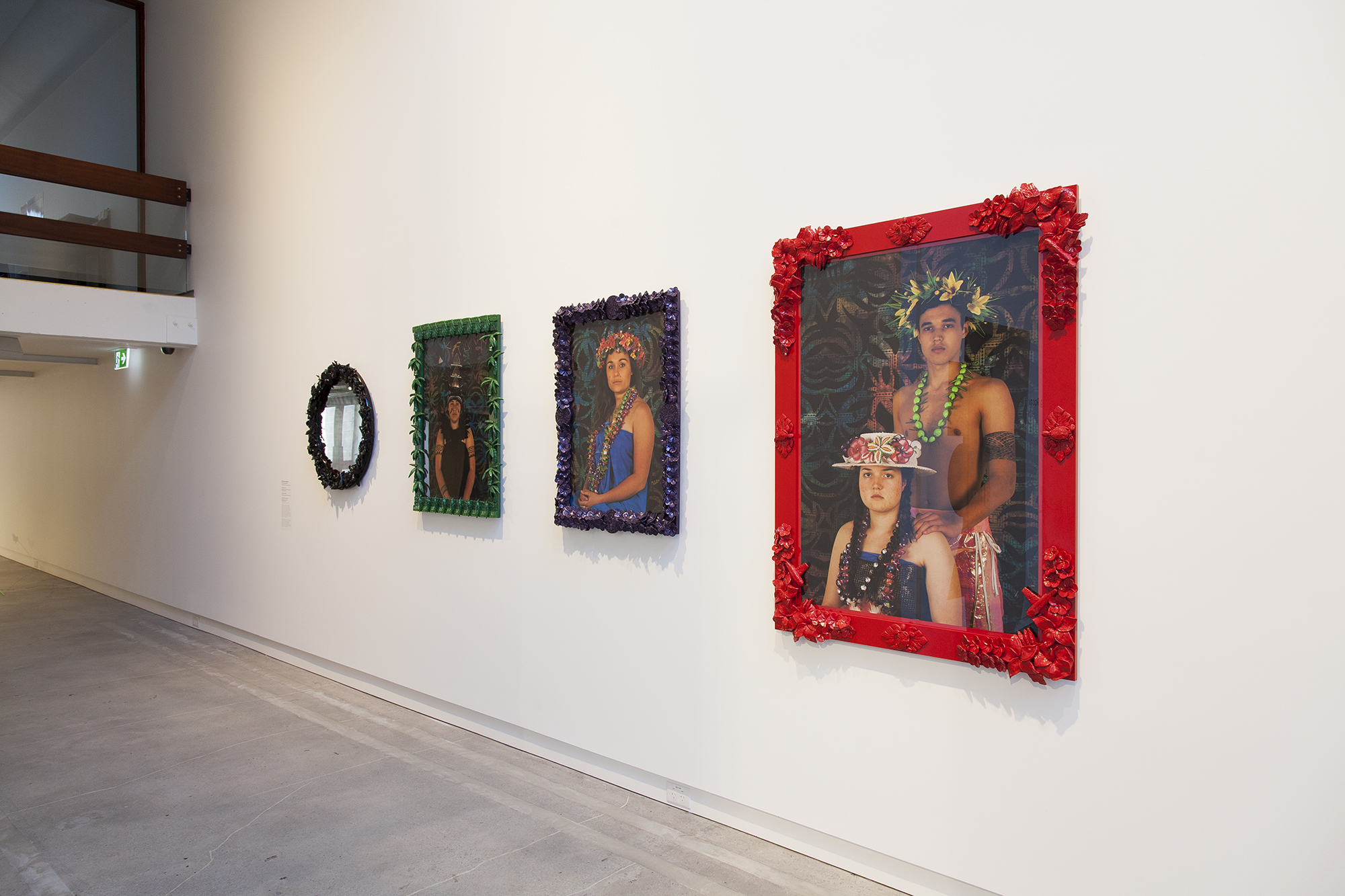
'Lilia', 2015 Nina Oberg Humphries Photo Credit: Daniela Aebli
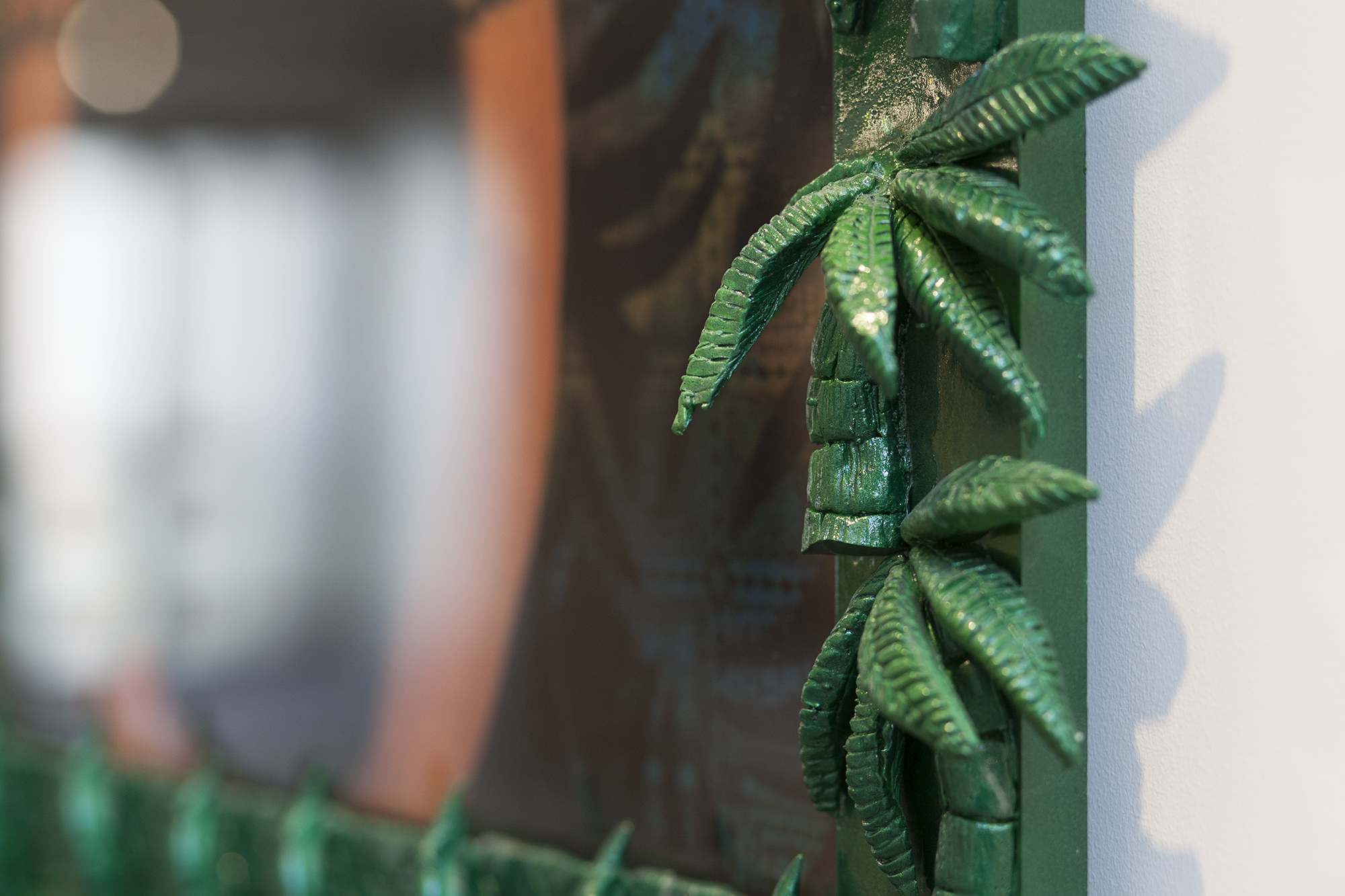
'Lilia', 2015 - detail Nina Oberg Humphries Photo Credit: Daniela Aebli
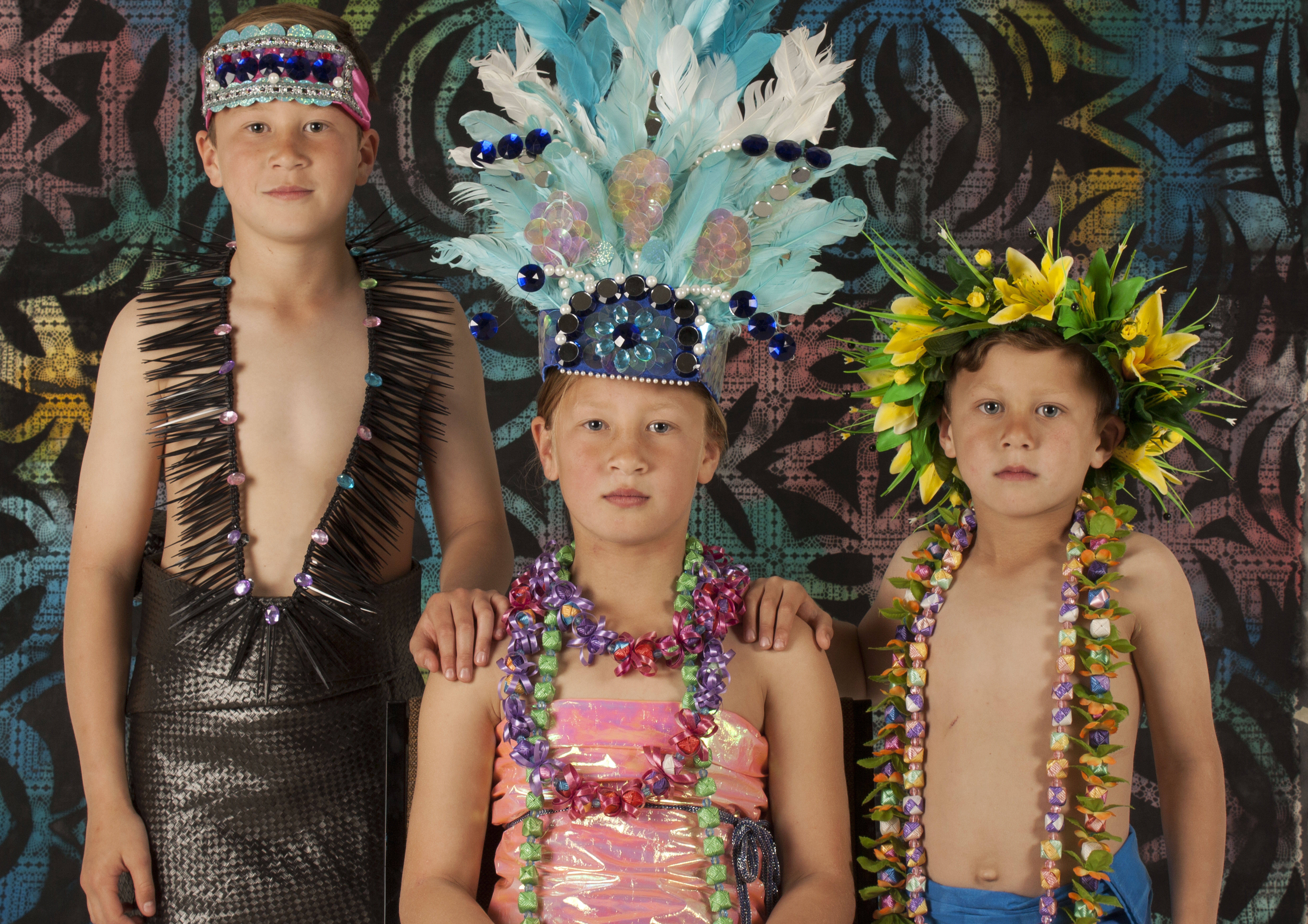
'Lilia', 2015 Nina Oberg Humphries Photograph, resin, fimo, pine and automotive Paint 644 x 891 mm, Courtesy of the Artist
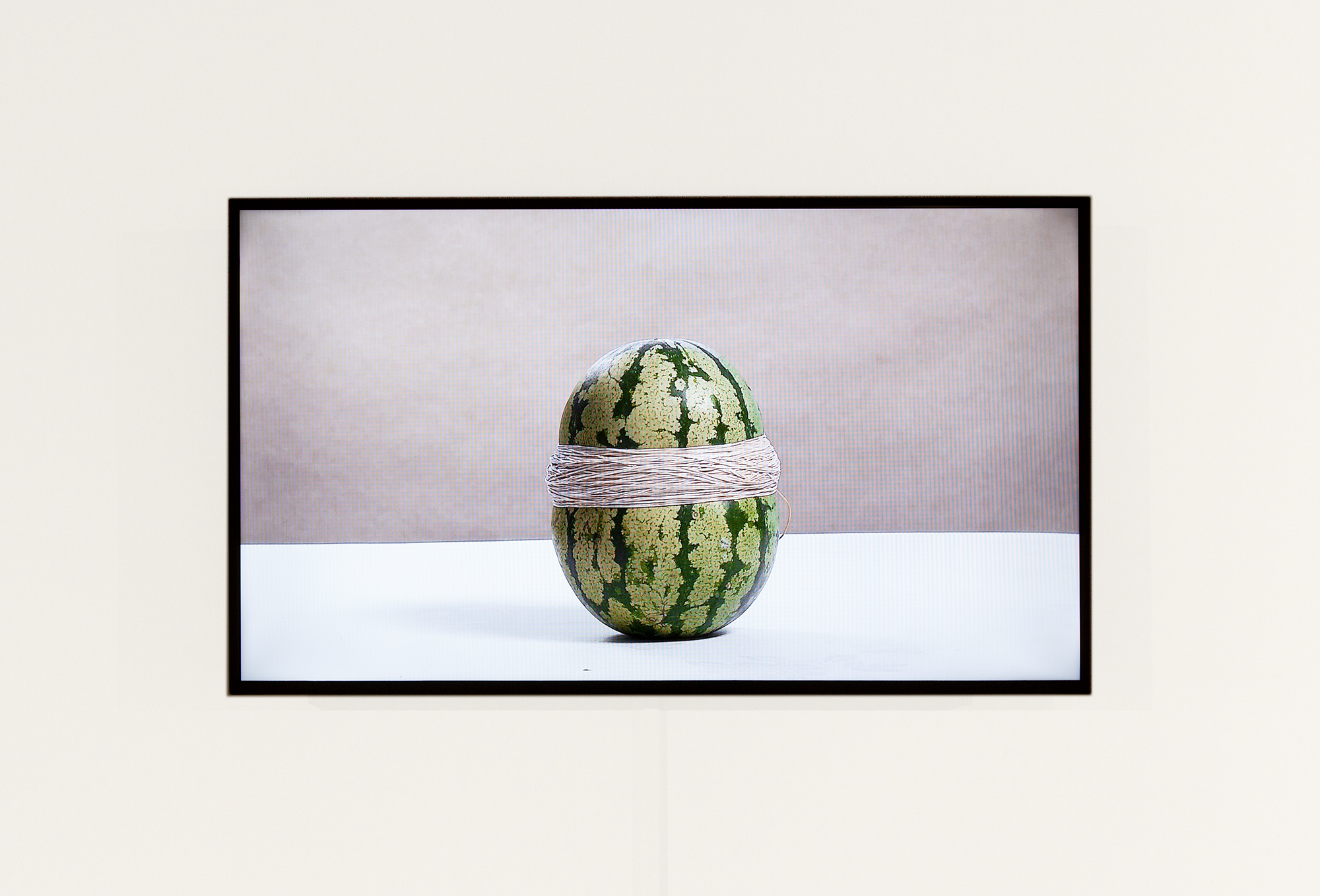
'Watermelon', 2015 Steve Carr Sony XDCam Duration 33mins 20secs Photo Credit: Daniela Aebli

'Furrows', 2016 James Oram Photo Credit: Daniela Aebli

'Furrows', 2016 James Oram Photo Credit: Daniela Aebli
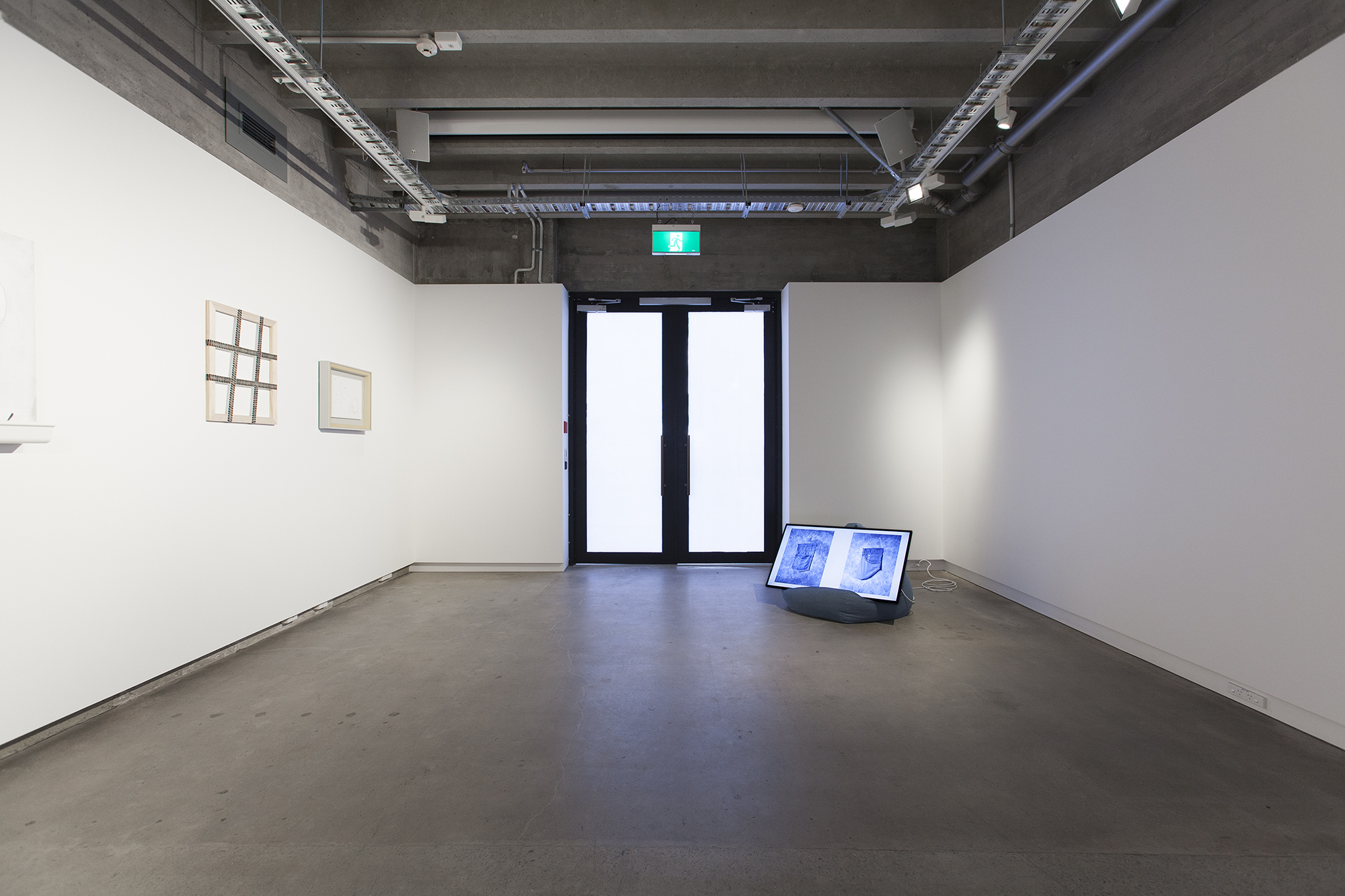
'Furrows', 2016 James Oram Photo Credit: Daniela Aebli
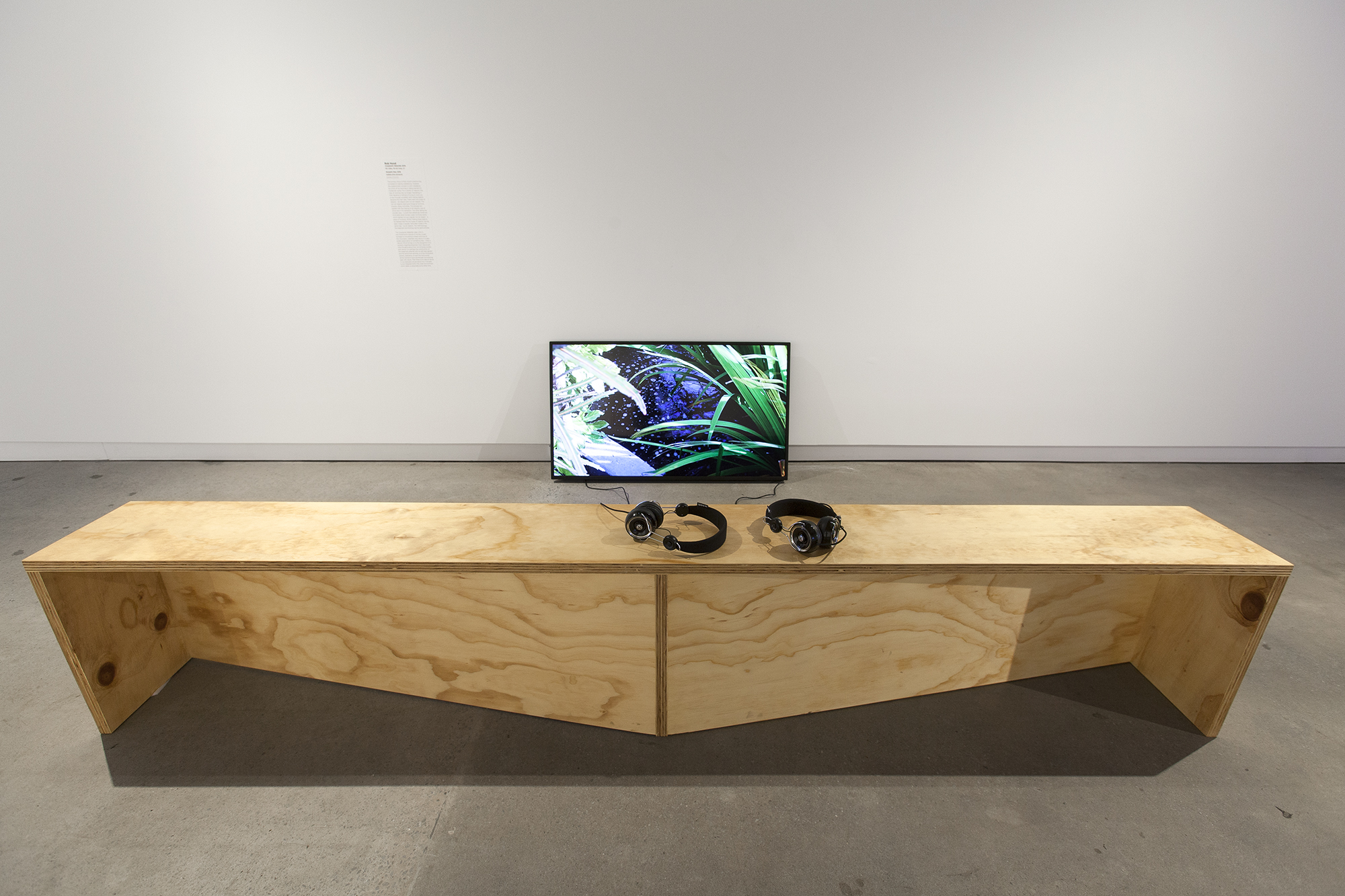
'Coupland’s Waterfall', 2016 Rob Hood Photo Credit: Daniela Aebli
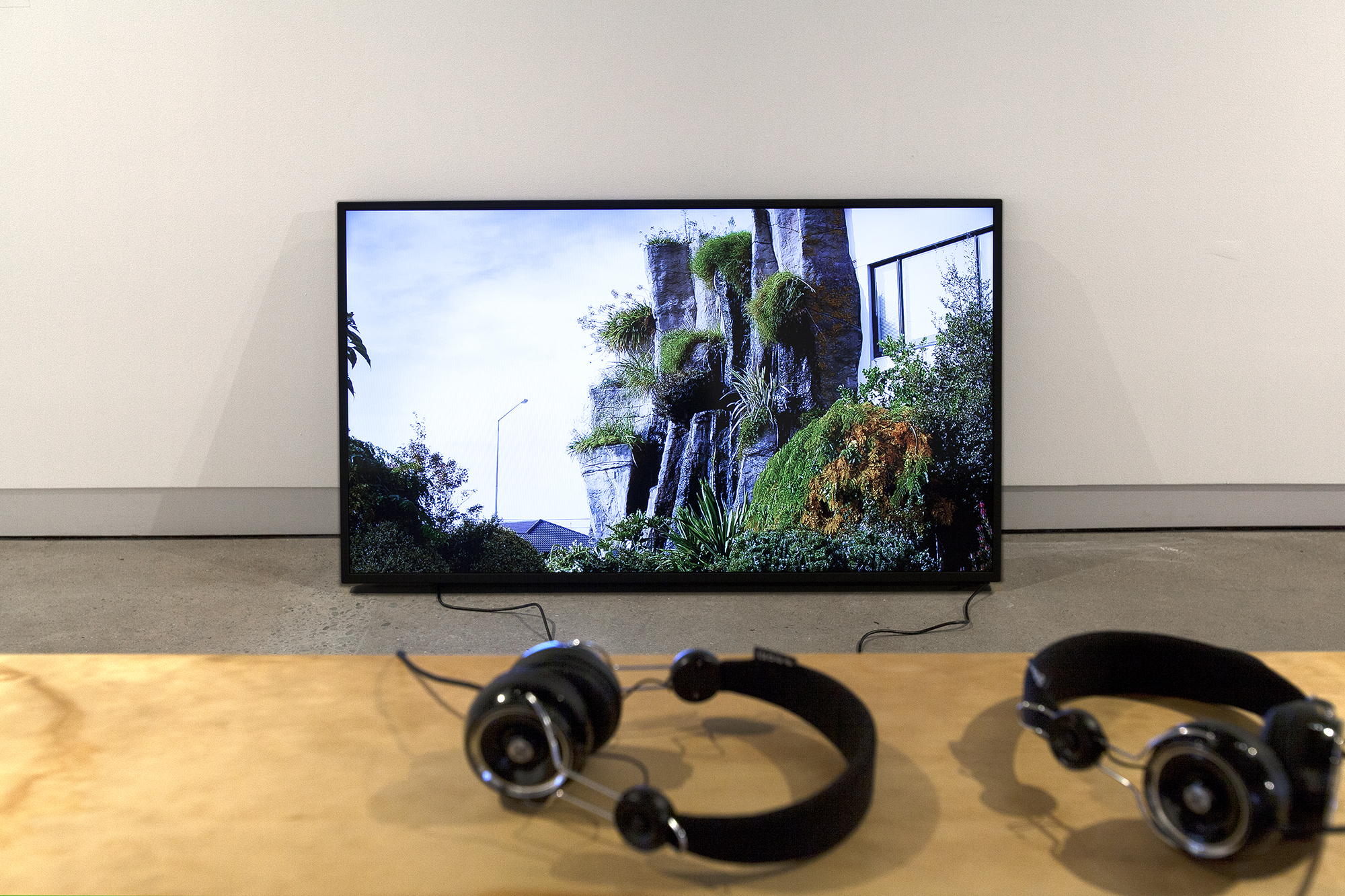
'Coupland’s Waterfall', 2016 Rob Hood Photo Credit: Daniela Aebli
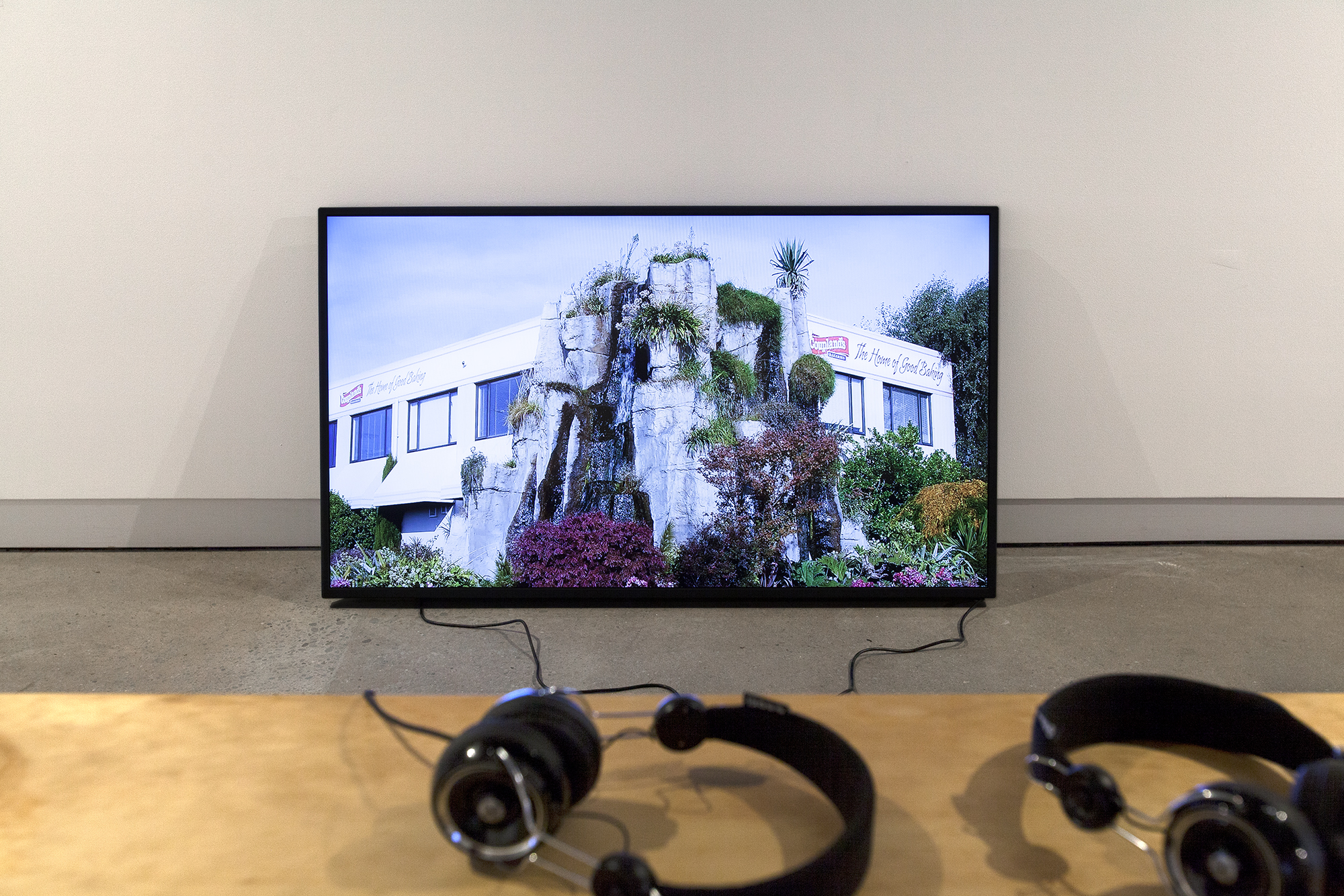
'Coupland’s Waterfall', 2016 Rob Hood Photo Credit: Daniela Aebli
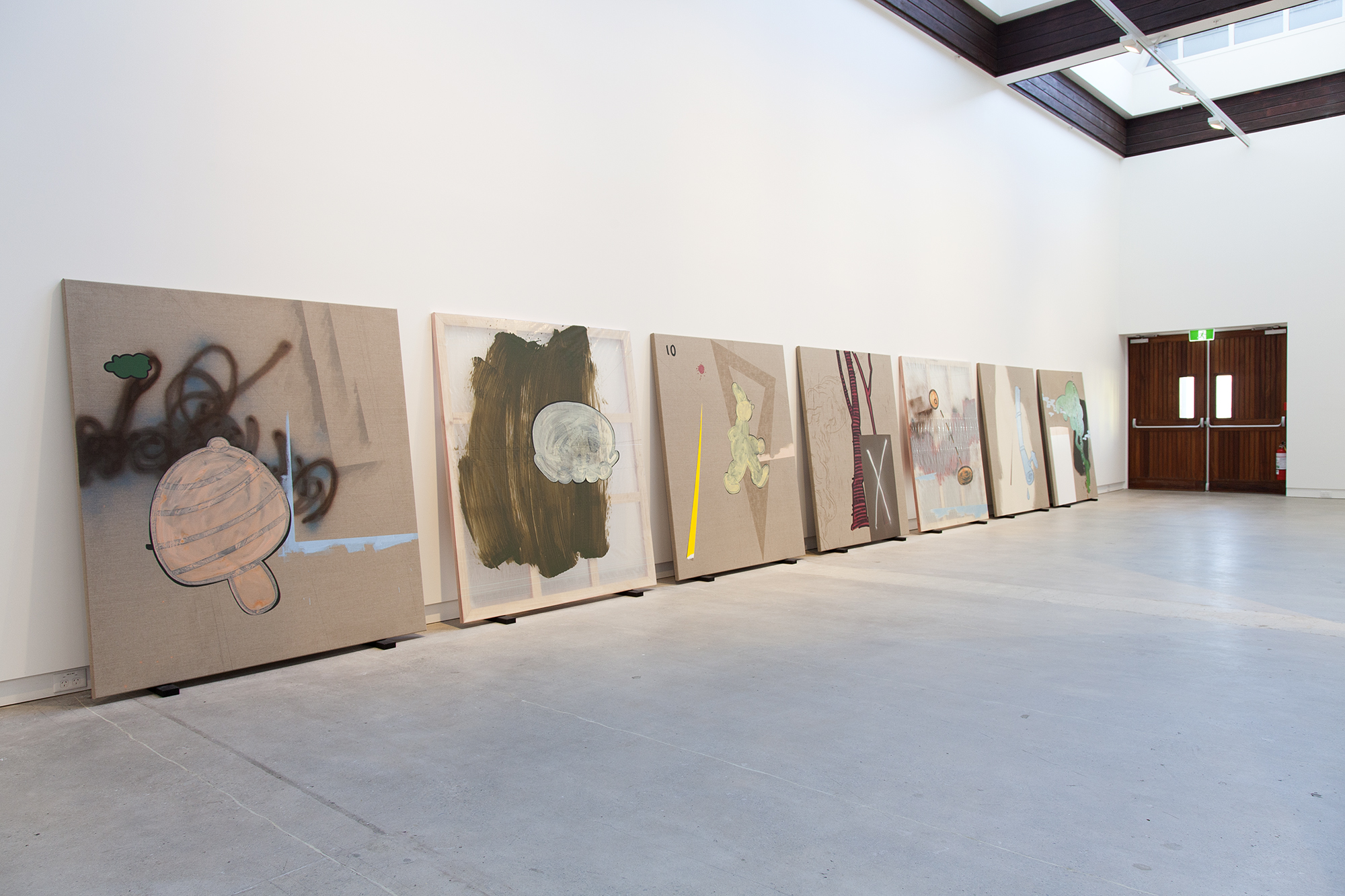
'Copy Card' Tjalling de Vries Photo Credit: Daniela Aebli
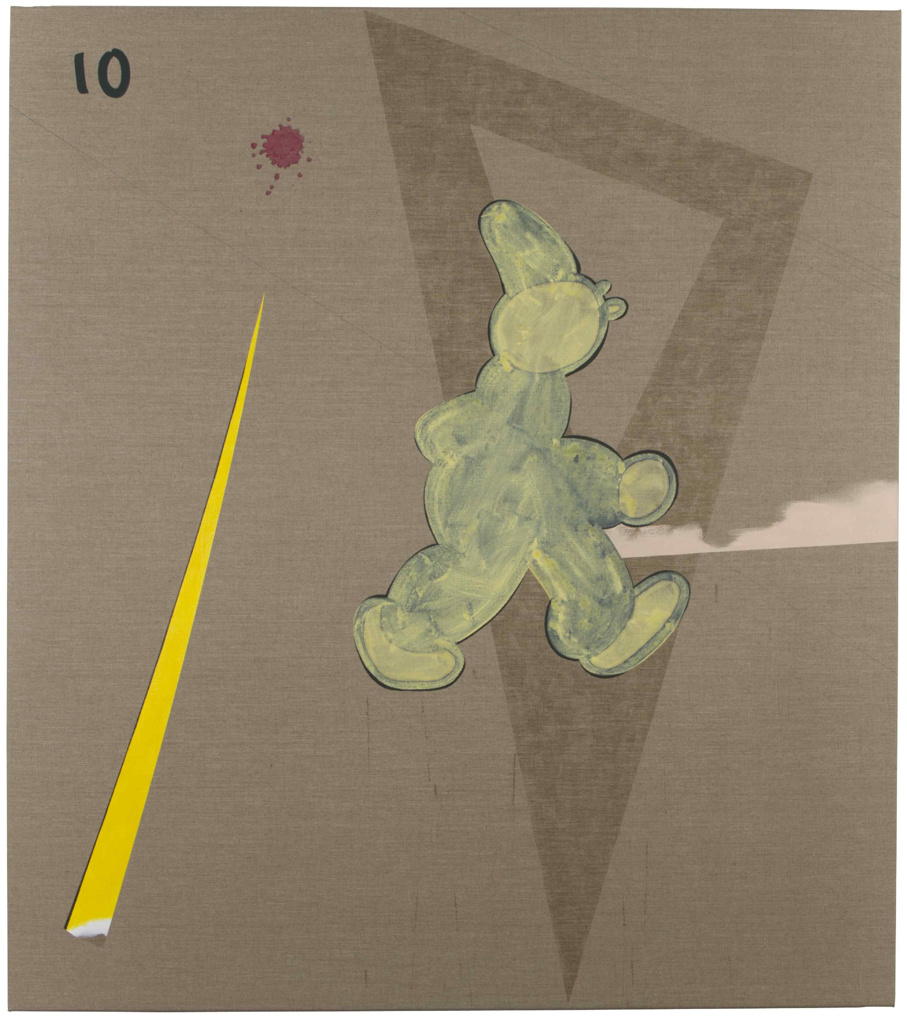
'Koko Walks off (At Large)' Tjalling de Vries Acrylic on Linen, 1800 x 1600 mm
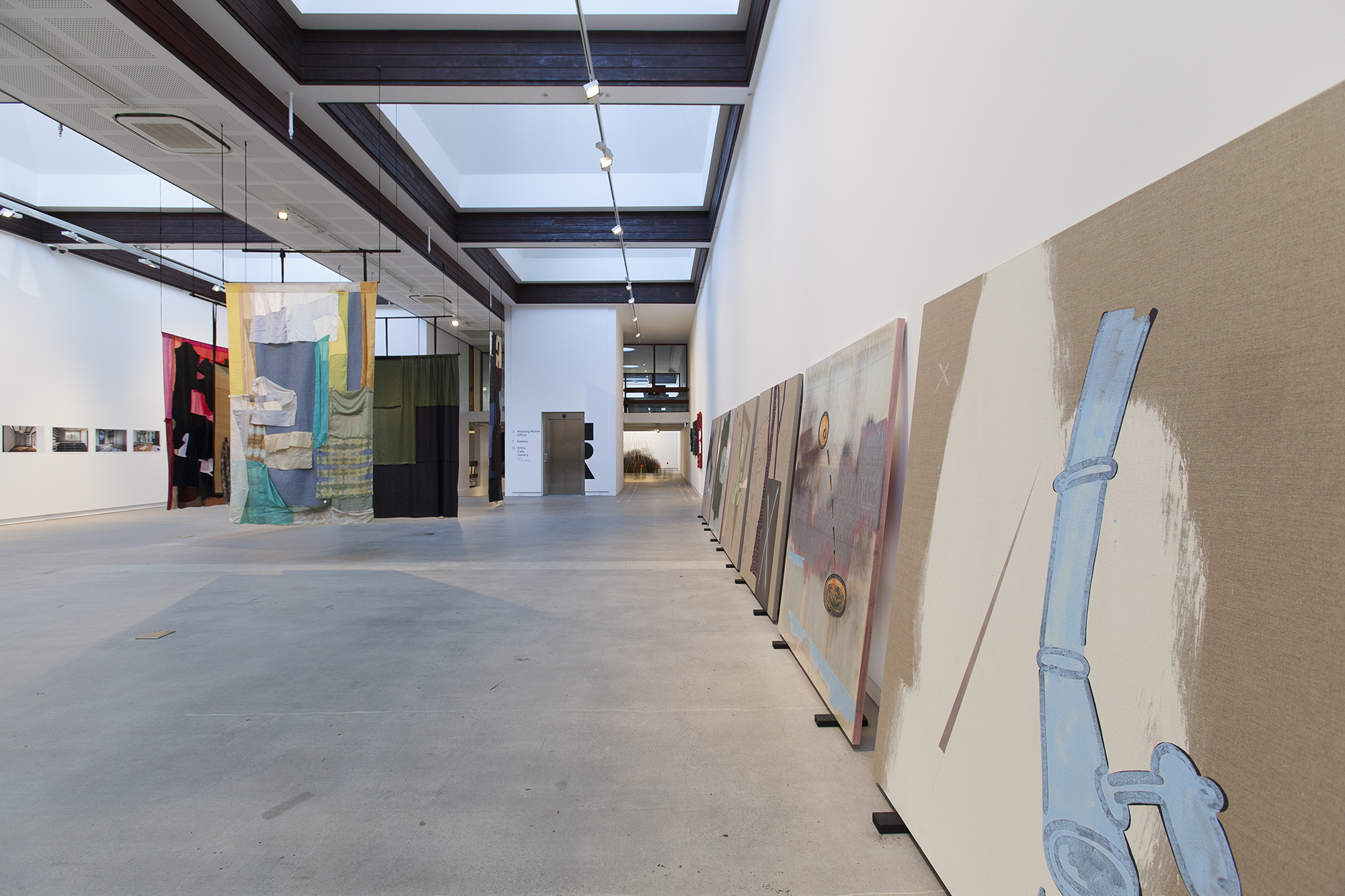
'Copy Card' Tjalling de Vries Photo Credit: Daniela Aebli

'Wild South—Young Mountains', 2016 Scott Flanagan Photo Credit: Daniela Aebli
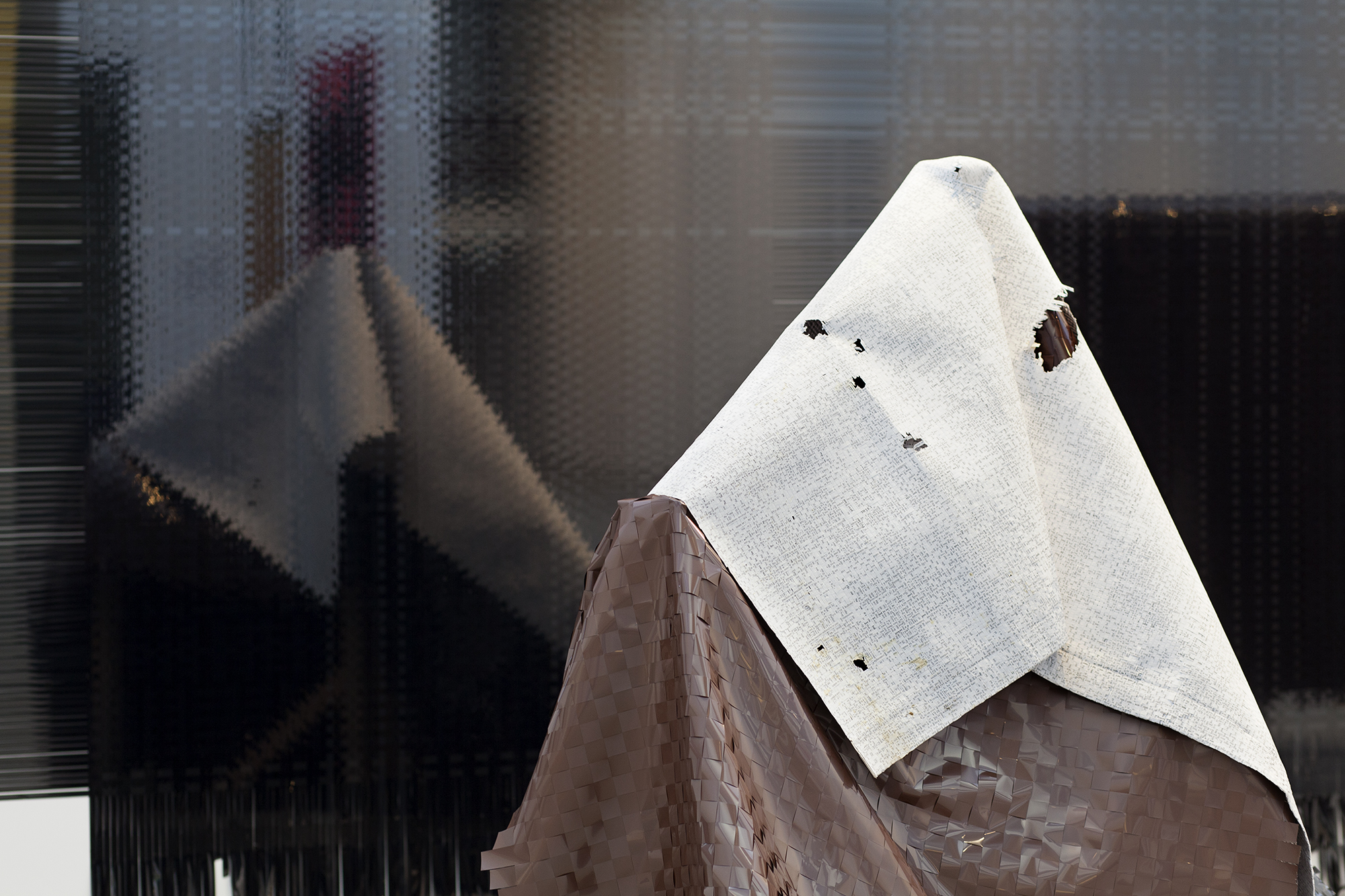
'Wild South—Young Mountains', 2016 - detail Scott Flanagan Photo Credit: Daniela Aebli

'Wild South—Young Mountains', 2016 Scott Flanagan Photo Credit: Daniela Aebli
The Artists
Ana Iti (Ngāpuhi, born 1989) graduated from Ilam School of Fine Arts with a BFA in 2012. Employing sculpture, spoken text and archival materials, Ana’s work often focuses on the colonial architecture of cities and the difficulties of trying to navigate a Māori identity through colonial and Western knowledge systems.
In 2016, Ana has undertaken residencies at Blue Oyster Art Project Space and the Australian Experimental Art Foundation (facilitated by The Physics Room). Recent exhibitions include Heavy to Hold, Blue Oyster Art Project Space, Dunedin, 2016; and Golden Hour, Room Four, Christchurch 2014.
Daegan Wells (born 1989) is a Christchurch based artist who recently graduated from Canterbury University with a Masters of Fine Arts. Recent projects include Lodgings, a body of work carried out in the Christchurch residential Red Zone that intercepted a moment in time, beginning in March 2014 and ending March 2015.
Daegan has Co Founded two Artists run spaces in Christchurch: Room Four, an open studio and artist showing space, 2012-2014 and Man Friday, a project space that operated out of a shed in North Projects garden, 2015. Previous exhibitions include: Kissing the wall at North Projects, Christchurch, 2015; and Persistency at the Physics Room, Christchurch, 2015. Current exhibitions include a solo exhibition, Private Lodgings at Blue Oyster Gallery in Dunedin, 2016.
Emma Fitts, born Ashburton, New Zealand. Emma’s individual practice and collaborative work as Fitts & Holderness and Victor & Hester, has seen her participate in exhibitions and residencies both nationally and internationally.
Most recent exhibitions include: House Studies, curated by Sophie Bannan, Jonathan Smart Gallery, Christchurch, 2016; New Work, Melanie Roger Gallery, Auckland, 2016; Necessary Distraction: A Painting Show, Auckland Art Gallery, 2015- 2016; Embodying the Archive, curated by Melanie Oliver and Anneke Jaspers, The Physics Room, Christchurch 2016; Scottish solo show with Victor & Hester, VH16-22-7-12-3-22-5 Dreams of Machines, Transmission, Glasgow 2015; Fitout for Olivia Spencer Bower, Ilam Gallery, Christchurch 2015; 74 Heaton St, with Kirstin Carlin, Christchurch 2014.
Jacquelyn Greenbank. Since Graduating Canterbury University School of Fine Arts with a Distinction in Painting Greenbank has exhibited in galleries and biennials both here in New Zealand and internationally. Her work is held in major public and private collections. Jacquelyn Greenbank lives at the base of the Rapaki track in Christchurch with her partner Jamie Richardson, and her daughter Jet June.
She was the recipient of the Oliver Spencer Bower Award in 2015.
James Oram (born 1980) works across a range of media, often using phenomena of contemporary culture to explore aspects of social behaviour and individual existence.
Recent exhibitions include: Sleight of hand, Dunedin Public Art Gallery, 2014; Limited Time, Auckland Art gallery, 2012; Physical Video, Gallery of Modern Art (GOMA), 2011; Brisbane; Unnerved: The New Zealand Project, GOMA, 2010; But It’s Worth It, Christchurch Art Gallery; Domestic departures, Chalk Horse, Sydney, 2014; and WANDERING LINES; towards a New Culture of Space, SCAPE, Christchurch, 2008.
Louise Palmer is a New Zealand artist currently based in Christchurch where she is a Senior Lecturer in sculpture at the Ilam School of Fine Arts, University of Canterbury. She completed a Master of Visual Arts at Sydney College of the Arts and a Bachelor of Fine Art at Ilam School of Fine Arts.
Louise’s practice explores the intersection between sculptural conventions and the personal underpinnings of an artwork. It draws on sculptural approaches, such as casting and site-specificity, which inform the work both materially and conceptually.
Exhibitions include: Inventories, Opekta Ateliers, Cologne, 2011; Headland Sculpture on the Gulf, Vertical Horizon, SoFA Gallery, Christchurch, 2009; and small monuments, little Jewels, Peloton; Sydney, 2008. Palmer has exhibited extensively in New Zealand and Australia, an undertaken artist residencies in Sydney and Cologne.
Christchurch born and bred, Nina Oberg Humphries (b.1990), is of Cook Island and Pakeha descent. Nina studied towards a Bachelor of Fine Arts majoring in Sculpture at Ilam School of Arts in Christchurch between 2013- 2015. Nina’s work explores her dual Pacific and Western heritage. Through the use of traditional Polynesian art forms such as Tivaevae, costume and dance, combined with elements of popular culture, she seeks to convey issues of gender, identity and social politics.
Nina’s exhibition history includes The Drowned World, Silo Park Auckland, The Physics Room Christchurch, Enjoy Gallery, Wellington, 2014;The NZ Art Show, Wellington, 2014; Between This, Man Friday 2015 P.O.A, Cathedral Junction, Christchurch 2014; Remake-Remodel, SOFA Gallery, Christchurch 2014.
Born in Christchurch, Pauline Rhodes lived in Wellington, Westport, Nigeria and England before returning to Christchurch in 1970. She studied at Ilam, Canterbury University School of Fine Arts, graduating in Sculpture in 1974. Rhodes was the first ever recipient of the Olivia Spencer Bower Foundation Annual Award in 1987 and received grants from the Queen Elizabeth Arts Council in 1989 and 1992. In 1993 she was selected as the Otago Polytechnic Art School Artist in Residence. She received the CoCA Travel Award in 1995 and was awarded a Merit Prize in the 1996 Visa Gold Art Award. Rhodes began her outdoor projects in the mid-1970s and has exhibited work internationally since the early 1980s.
Recent exhibitions include Dark Matter 2016 at ST Paul St Gallery, Auckland – accompanied by a publication of the same name; Mobile Tangles as part of SCAPE 8: New Intimacies, 2015; Cones of Possibilities and Impossibilities, 2014 and King Tides Rising, 2008, at The Physics Room, Christchurch; Fluid Connections, Jonathan Smart Gallery, Christchurch, 2009; and New Twists, Bowen Galleries, Wellington, 2008. Pauline contributed works to the Brick Bay Sculpture Trail in 2006, 2007, 2010 and 2012; and to Sculpture on the Gulf, Waiheke Island, in 2007 and 2009.
Rob Hood (b.1974) is a Christchurch-based artist. He holds an MFA (2011) and BFA Sculpture (1999) from Ilam School of Fine Arts, Canterbury University. Rob utilises a range of media from photography and drawing to installation and video. He is known for his penchant for taking up and transforming the found detritus of pop and consumer culture. Hood was the Olivia Spencer Bower Fellow in 2007 and is represented by Jonathan Smart Gallery.
Scott Flanagan (born 1970) was formerly based in Christchurch and recently relocated to Dunedin, alongside a summer residency at the Blue Oyster Project Art Space in 2012.
He is a prolific artist including major commissions at The Suter Gallery in 2012, and his first solo exhibition The Hopeful Monster, at the original artist led gallery in Christchurch High Street Project, 2001 including major exhibition at The Physics Room, Dr Don: or how I learned to stop worrying and love Helen, 2004.
In 2010, he undertook the International Artist in Residence, Museum of Contemporary Art, Seoul, South Korea. His last large scale public work was in 2012, Do You Remember Me Like I Do, as part of the off site gallery programme of Christchurch Art Gallery.
Steve Carr was born in New Zealand and completed a Masters in Fine Art at the University of Auckland. His work has been included in many major exhibitions, including Videos of New Zealand, a touring exhibition through New Zealand, Germany and Denmark in 2008; and Les Rencontres Internationale at the Centre Pompidou, Paris in 2011. He represented New Zealand at the 2006 Busan Biennale, South Korea, and he was also the recipient of a Headlands Center for the Arts Residency in San Francisco in 2013. In 2014 he featured in Where do I end and you begin, at City Art Centre, Edinburgh for the Edinburgh Art Festival.
Steve Carr is represented by MICHAEL LETT, Auckland, and STATION, Melbourne.
Tim J. Veling (born 1980) is a prolific photographer based in Christchurch, New Zealand. Alongside intimate work depicting aspects of his everyday surroundings and relationships, he is currently engaged in a range of long-term projects relating to Christchurch’s social, political and physical landscapes following the 2010 and 2011 earthquakes. Veling is a Senior Lecturer in Photography at the University of Canterbury School of Fine Arts, has exhibited nationally and internationally and is a key contributor to and administrator of Place in Time: The Christchurch Documentary Project.
Tjalling de Vries is a Dutch New Zealand artist currently based in Christchurch, NZ. He holds a Master of Arts in Painting from the University of Canterbury School of Fine Arts, NZ. Recent exhibitions include Land/Made, Jan Van Eyck Adacemie, Maastricht, NL, 2016; Ooo oooo, (with Keir Leslie), North Projects, Christchurch, NZ, 2015; and I might look confused but I am, Chambers, Christchurch, NZ, 2015.

